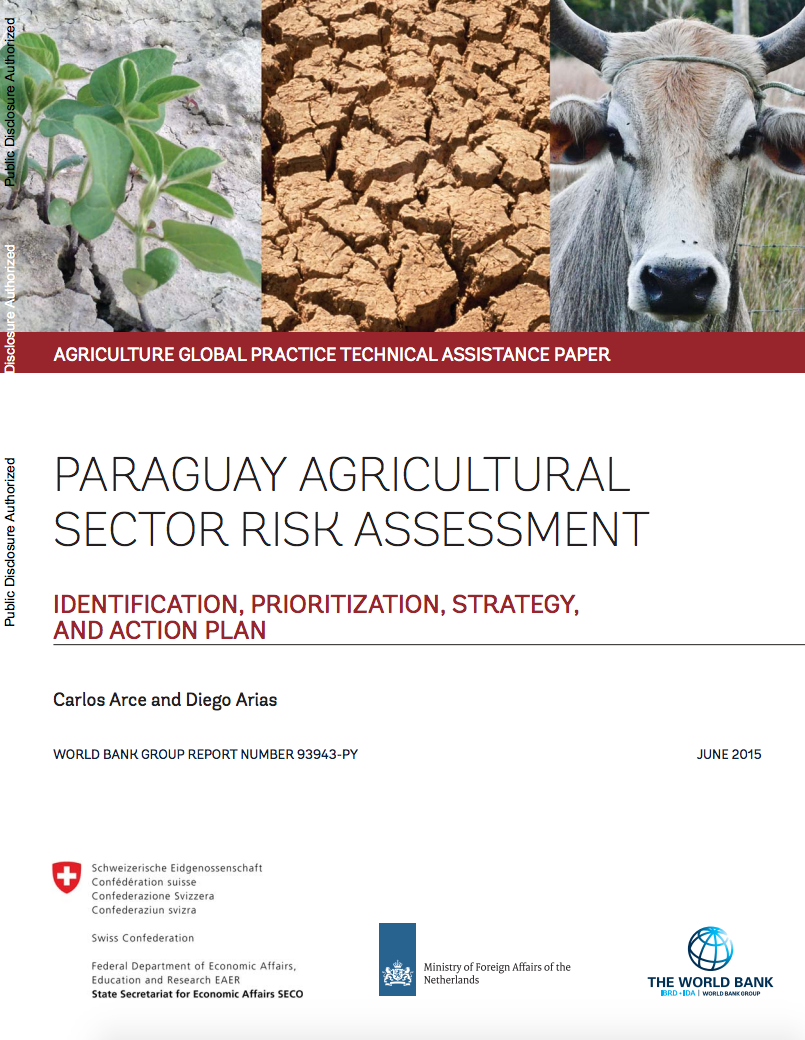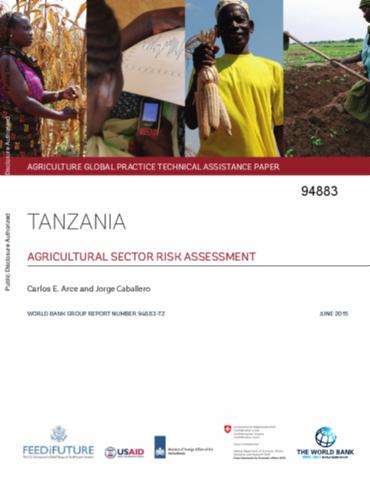Use of Catastrophe Risk Models in Assessing Sovereign Food Security for Risk Transfer
This paper discusses how catastrophe
crop risk models can be used to assess food security needs
at the sovereign level for the purpose of risk transfer. The
rationale for a system to evaluate food security needs at
the national level is discussed. The role of technology and
remote sensing data availability as an enabler of
catastrophe crop risk models is discussed followed by a
description of the framework of catastrophe crop models for





